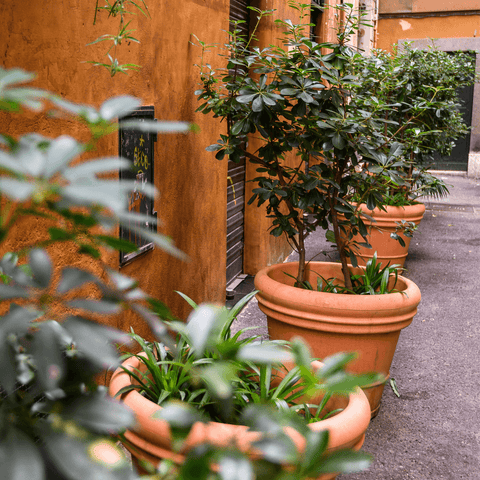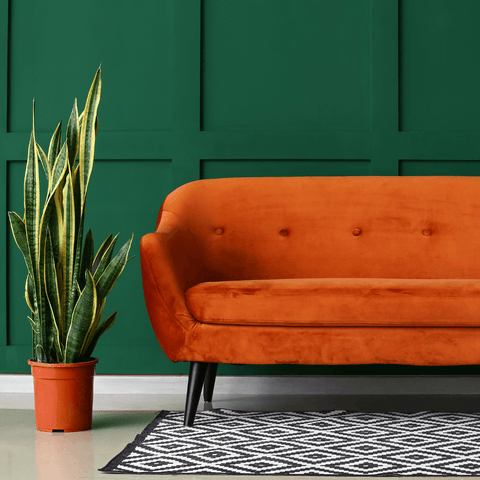Are you ready to get your plants outdoors this summer? With warm weather and plenty of sunshine, it’s the perfect time to give your plants some fresh air! Here are a few tips to help you safely transition your houseplants outdoors.
The first thing to keep in mind when transitioning your plants outdoors is proper acclimation. Acclimation is the process of gradually introducing your plant to a new environment, such as a change in light intensity or temperature. This allows your plants to adjust gradually and avoid stress that can halt growth or damage the plant.

Start by placing your plant in a shady area for an hour or two the first day, slowly increasing the time it spends outdoors over the next 7-10 days. It’s OK for most plants to receive direct sun in the morning, when it’s much less intense. For plants that prefer indirect light, it’s best to keep them shaded from the sun by 10 a.m. or so. Even plants that can handle direct sunlight need a gradual introduction over a period of at least 10 days.
The Right Time & Temperature
When is the right time to bring your plants outside? It’s safe to move your plants outdoors when the outdoor temperatures stay consistently above 50°F. If nighttime temperatures are set to fall below 50°F, it’s best to bring your plants in for the night. Temperatures below 50°F may stunt their growth for a few weeks, and temperatures below 35° may cause some leaf damage. Freezing temperatures will kill the leaves of most houseplants completely, so if you forget and leave them outside for awhile, bring them back inside as soon as possible!
Watering & Humidity
Your watering needs will become much more variable when your plant is outdoors, since there are so many factors at play including temperature, light exposure, wind, and humidity. Higher temperatures, light levels, and wind speeds will cause your plant to utilize water faster, meaning you’ll need to water more often. Lower temperatures, light, and wind will slow down the plant’s use of water. Plants in low humidity will need watered more frequently, and plants in high humidity will need watered less frequently. If your plant can receive rainfall, this can mean less watering for you, just make sure you check the soil to be sure it got enough rain.
Sunburn Protection
Even sun-loving plants can burn if not acclimated properly before moved from indoors to the intense sunlight outdoors. Bleached foliage can indicate sunburn, as well as brown striping on the leaves where they were exposed to direct sun rays. Sunburn isn’t usually lethal; you can clip off the affected leaves and wait for new leaves to form. Move your plant to a shadier area and it will bounce back soon enough!
Conclusion
Getting your plants outdoors is a great way to show them some love this summer! Just remember to acclimate them properly and watch out for sunburns. With some care and attention, your plants will thrive in their outdoor environment!





Comments (0)
There are no comments for this article. Be the first one to leave a message!